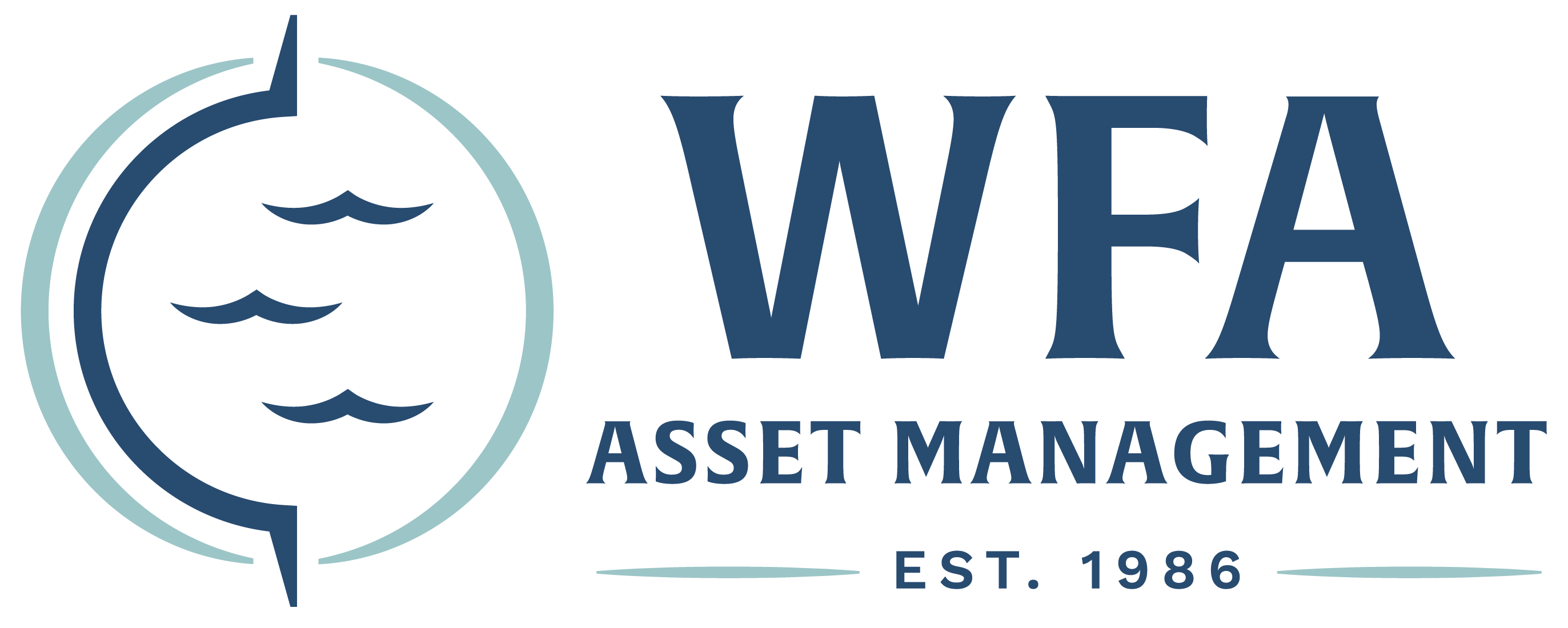When you hear the word debt, do you become overwhelmed? Believe it or not, not all debt is considered “bad” debt. Generally, “good debt” is considered an investment in your future. It refers to borrowing that is used to acquire assets or services that are expected to increase in value or generate future income. “Bad debt”, on the other hand, is borrowing that typically does not enhance your financial position and often leads to a cycle of debt. It usually involves high interest rates and is used for non-essential purchases. Here are some examples of each.
Good Debt
- Student Loans: Investing in education can lead to higher earning potential and career advancement. While student loans can be burdensome, they often pave the way for long-term financial benefits.
- Mortgages: Purchasing a home typically represents a significant investment. Real estate often appreciates over time, and owning property can provide stability and build equity.
- Business Loans: For entrepreneurs, borrowing to start or expand a business can yield substantial returns. Successful businesses can create income streams and build long-term wealth.
The key is that the borrowed money should contribute to increasing your financial well-being or creating new opportunities. Good debt is characterized by low interest rates and manageable payments relative to the potential income and benefits.
Bad Debt
- Credit Card Debt: Charging purchases to a credit card and carrying a balance can quickly become expensive due to high-interest rates. Using credit cards for everyday expenses without paying off the balance can lead to accumulating debt.
- Personal Loans for Non-Essential Items: Taking out loans for vacations, luxury goods, or other non-essential items can strain finances. These purchases do not generate future income or appreciate in value.
- Payday Loans: Often marketed as a quick fix for financial emergencies, payday loans come with extremely high interest rates and fees, making them a costly form of borrowing.
Bad debt often leads to financial strain, especially when it is not managed properly. It can result in high-interest payments and contribute to a cycle of borrowing and repayment that can be challenging to escape.
Making Smart Borrowing Decisions
To differentiate between good and bad debt, consider the following tips:
- Evaluate the Purpose: Assess whether the debt will contribute to your long-term financial goals or just satisfy short-term desires.
- Understand the Costs: Analyze interest rates and fees associated with the debt. Lower rates and favorable terms are indicative of better debt.
- Plan for Repayment: Ensure that you have a clear repayment strategy. Good debt should be manageable within your budget and not feel overwhelming.
- Seek Professional Advice: Consult with a financial advisor to make informed decisions about borrowing and managing debt.
By understanding the distinctions between good and bad debt, you can make more informed financial choices and work towards building a healthier financial future.
Click here to learn about the Debt-to-Income ratio and why it’s important.
